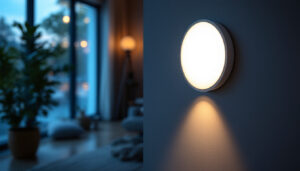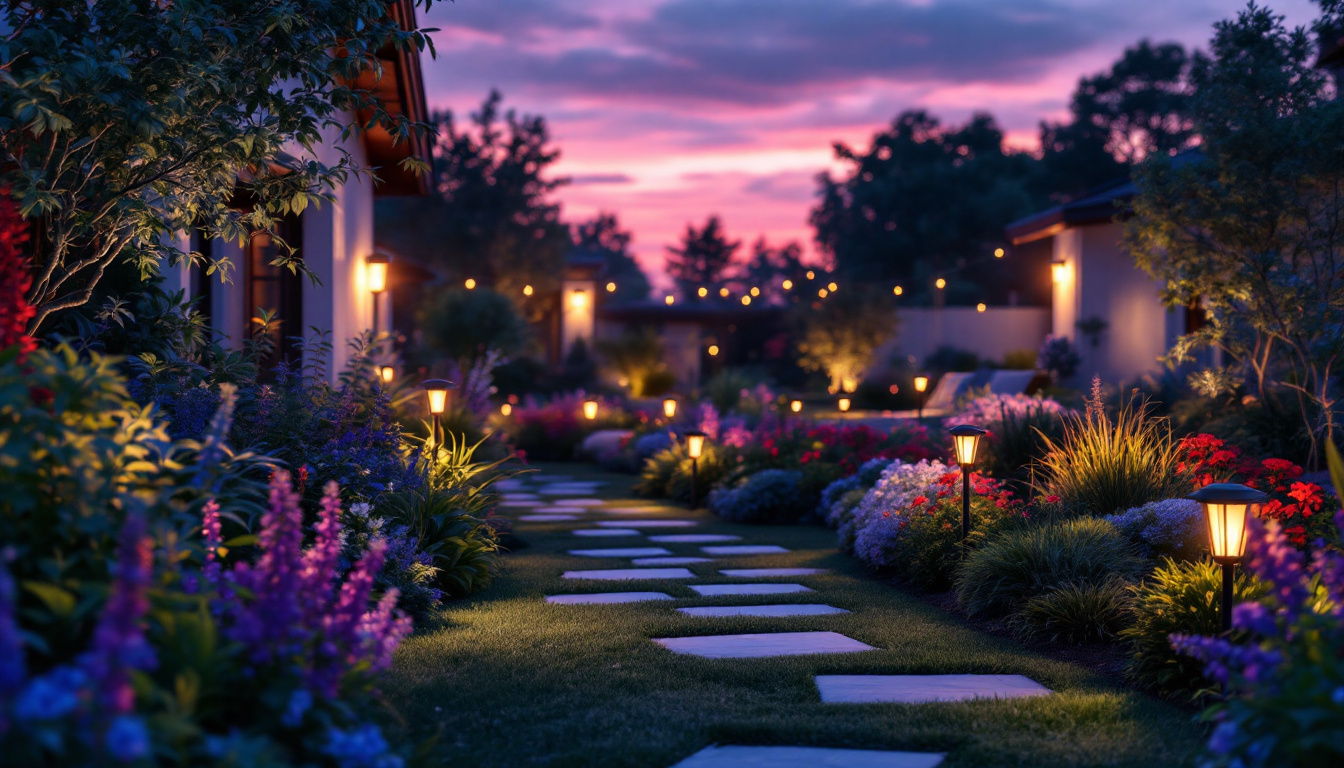

In the ever-evolving world of lighting, understanding LED brightness is crucial for lighting contractors aiming to deliver optimal solutions for their clients. The LED brightness chart serves as a vital tool, enabling contractors to make informed decisions when selecting and installing lighting systems. This article delves into the significance of LED brightness, how to interpret brightness charts, and strategies for maximizing success in lighting projects.
LED brightness, often measured in lumens, indicates the amount of light emitted by an LED bulb. Unlike traditional incandescent bulbs, which are measured in watts, lumens provide a clearer picture of actual light output. This distinction is essential for lighting contractors, as it allows for better comparisons between different lighting options.
For contractors, lumens are the key to achieving the desired lighting effect in a space. A higher lumen count means brighter light, while a lower count indicates dimmer illumination. Understanding this measurement helps contractors select the right fixtures for various applications, ensuring that clients receive the appropriate level of brightness for their needs.
Moreover, understanding lumens can significantly impact energy efficiency. By choosing LED fixtures with the right lumen output, contractors can help clients reduce energy consumption and lower utility bills, making their services more appealing in an environmentally conscious market.
In addition to energy savings, the right lumen selection can enhance the functionality of a space. For example, in work environments, adequate lighting is crucial for productivity and safety. Properly illuminated areas can reduce eye strain and improve focus, making it vital for contractors to assess the specific needs of each client and environment. This attention to detail can set a contractor apart in a competitive field.
Another critical aspect of LED lighting is color temperature, measured in Kelvin (K). This measurement indicates the color appearance of the light, ranging from warm yellow tones (around 2700K) to cool blue tones (up to 6500K). While brightness is essential, the color temperature can dramatically affect the ambiance of a space.
Lighting contractors must consider both brightness and color temperature when designing lighting solutions. For instance, warm light is often preferred in residential settings for its cozy feel, while cooler tones may be more suitable for commercial spaces that require a more energetic atmosphere.
Furthermore, the interplay between brightness and color temperature can also influence psychological responses. Research has shown that warmer light can create a sense of relaxation and comfort, making it ideal for bedrooms and living areas. In contrast, cooler light can stimulate alertness and concentration, which is beneficial in offices or study areas. By understanding these nuances, contractors can tailor their lighting designs to not only meet functional requirements but also enhance the emotional experience of the occupants.
LED brightness charts can initially appear overwhelming due to the variety of information they present. However, understanding how to read these charts is essential for making informed decisions. Typically, these charts display lumens alongside wattage, color temperature, and other specifications.
When examining an LED brightness chart, contractors should focus on several key components:
By understanding these components, contractors can better match lighting solutions to the specific needs of their projects. For example, a narrow beam angle may be ideal for spotlighting artwork, while a wider beam angle may be more suitable for general illumination in larger spaces. Additionally, the choice of color temperature can significantly impact the ambiance of a room; warmer tones (around 2700K) create a cozy atmosphere, while cooler tones (above 5000K) can enhance alertness and focus, making them perfect for workspaces.
Using the brightness chart effectively allows contractors to compare various LED options side by side. By analyzing the lumens per watt ratio, contractors can identify the most energy-efficient products. This comparison not only facilitates better decision-making but also enhances the overall value proposition offered to clients. Furthermore, it’s important to consider the lifespan of the LEDs, as many products boast longevity ratings that can reach up to 25,000 hours or more, providing long-term savings on replacement costs.
Additionally, understanding how different manufacturers present their data can help contractors avoid potential pitfalls. Some manufacturers may exaggerate lumen output or downplay wattage, leading to confusion. A thorough understanding of brightness charts helps contractors navigate these discrepancies and select the best products available. Moreover, being aware of industry standards and certifications, such as Energy Star ratings, can further guide contractors in choosing reliable and efficient lighting solutions that not only meet client expectations but also contribute to sustainability goals. This knowledge empowers contractors to advocate for environmentally friendly practices while ensuring that their projects remain cost-effective and high-quality.
With a solid understanding of LED brightness and the ability to interpret brightness charts, lighting contractors can implement strategies to maximize their success in the industry. Here are several key approaches to consider:
One of the most effective strategies for lighting contractors is to educate clients about the importance of LED brightness and how it impacts their projects. Providing clear explanations about lumens, wattage, and color temperature can empower clients to make informed decisions.
Workshops or informational sessions can be valuable tools for engaging clients. By demonstrating the differences between various lighting options and their respective brightness levels, contractors can build trust and credibility, ultimately leading to more successful projects.
The lighting industry is continually evolving, with new technologies and products emerging regularly. Staying updated on the latest advancements in LED technology is essential for contractors looking to provide the best solutions for their clients.
Participating in industry conferences, webinars, and training sessions can help contractors stay informed about the latest trends and innovations. This knowledge not only enhances their expertise but also positions them as leaders in the field, attracting more clients.
Establishing strong relationships with suppliers can significantly impact a contractor’s success. Reliable suppliers provide access to high-quality LED products, often accompanied by comprehensive brightness charts and technical support.
Contractors should seek out suppliers who prioritize transparency and offer detailed product information. This partnership can lead to better pricing, timely deliveries, and access to the latest lighting technologies, ultimately benefiting both the contractor and their clients.
Examining successful lighting projects can provide valuable insights for contractors looking to enhance their practices. Here are a couple of case studies that highlight the effective use of LED brightness charts in real-world applications.
In a recent residential lighting renovation, a contractor utilized the LED brightness chart to select fixtures that would provide optimal illumination throughout the home. By analyzing the lumens required for each room, the contractor was able to create a cohesive lighting design that enhanced the home’s aesthetics while ensuring energy efficiency.
The contractor educated the homeowners about the differences between warm and cool color temperatures, allowing them to choose fixtures that matched their personal preferences. The result was a beautifully lit home that met the clients’ needs while reducing energy consumption.
In another project, a contractor was tasked with upgrading the lighting in a commercial office space. By using the LED brightness chart, the contractor identified fixtures that provided the necessary brightness levels while maintaining a professional atmosphere.
Through careful selection of color temperature and beam angles, the contractor created a well-lit environment that improved employee productivity and comfort. The project not only met the client’s expectations but also showcased the contractor’s expertise in utilizing LED technology effectively.
While the benefits of using LED brightness charts are clear, contractors may encounter challenges in their application. Identifying these challenges and developing effective solutions is key to maximizing success.
One common challenge is the misinterpretation of data presented in brightness charts. Contractors may struggle to understand the nuances of lumens, wattage, and color temperature, leading to poor product selection.
To combat this issue, contractors should invest time in training and education. Resources such as online courses, manufacturer webinars, and industry publications can provide valuable insights into interpreting brightness data accurately.
Another challenge is managing client expectations regarding brightness and energy efficiency. Clients may have preconceived notions about lighting based on traditional incandescent bulbs, leading to dissatisfaction with LED options.
Contractors can address this challenge by providing clear comparisons between LED and traditional lighting. Demonstrating the benefits of LED technology, including lower energy costs and longer lifespans, can help clients understand the value of their investment.
In conclusion, the LED brightness chart is an invaluable resource for lighting contractors aiming to maximize their success. By understanding the significance of lumens, interpreting brightness data effectively, and implementing strategies to educate clients and stay updated with technology, contractors can enhance their offerings and build lasting relationships in the industry.
As the demand for energy-efficient lighting solutions continues to grow, contractors who leverage the insights provided by LED brightness charts will be well-positioned to thrive in this competitive landscape. By focusing on quality, education, and innovation, lighting contractors can illuminate their path to success.
Ready to elevate your lighting projects and outshine the competition? At LumenWholesale, we provide lighting contractors with the high-quality, spec-grade lighting products you need at unbeatable wholesale prices. Say goodbye to local distributor markups and hello to a vast selection of industry-standard lighting that promises reliability and high performance for every project. Plus, with free shipping on bulk orders, you can stock up on premium lighting solutions at the best value — without any hidden fees. Don’t compromise on quality or cost; choose LumenWholesale for a seamless blend of excellence, affordability, and convenience. Wholesale Lighting at the Best Value is just a click away.

Discover why lighting contractors are turning to high bay LED lights with 30,000 lumens for superior illumination.

Explore the benefits and drawbacks of garden lighting solar solutions specifically for lighting contractors.

Discover the ultimate guide to LED can lights with our comprehensive article.

Discover the essential insights lighting contractors need to know about emergency lighting systems.
Get notified when NEW deals are released.
Optimize your budget with wholesale discounts.
Only top-quality, specification-grade lighting products.
No additional costs at checkout - what you see is what you pay.
We understand the unique needs of contractors.